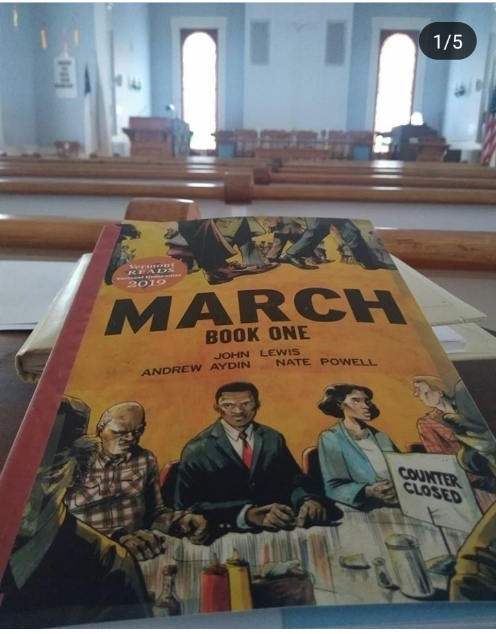Well, we’ve officially been “flatlanders” right at two months now and are starting to form some type of new routine. Part of that process for me is personally discovering what it means to be present in the village (I’m still wrapping my mind around using that term; village. People often talk about the importance of being present with others. I watched a video not long ago with a speaker describing the signal it sends to others when we leave our cell phone on the table when we meet with them and it encouraged me to either leave mine behind or in my pocket when I sit across from someone. You’d be surprised at how hard it is at times to be present, but just like most things, it becomes rather easy when you’re intentional about it. Small steps are key to making any kind of change “stick”, and those have been helpful to me as I begin to form relationships with my new neighbors.
I was excited about one such relationship possibility forming the other week. I was invited to help take part in the Vermont READS 2019 state-wide reading program. This year, citizens of Vermont are encouraged to read the graphic novel March: Book One written by Congressman and Civil Rights Leader John Lewis. The book is co-authored by Andrew Aydin and illustrated by Nate Powell. The work focuses on John Lewis’ upbringing and introduction to non-violence practices in order to bring attention and change to a very segregated 1950-60’s United States. In reading this work, it becomes very apparent that Lewis’ actions were driven by his faith. Readers will also see the importance of the African American Church during that time as being not only a “house of prayer,” but a community meeting house for Civil Rights activists. I can’t help but think that this role is something the universal church needs to reclaim for our own time today.
My church was fortunate to have received a few copies which will be available for parishioners to borrow. My hope is that by engaging in this text some will feel moved to take part in a community discussion later in the year when students from the local Community School will be sharing their thoughts as well. This is an opportunity for a community to not only “know” what their children are reading, but a chance for them to participate as well.
This collaboration lends itself to a lot of chatter I’ve heard from those in the community that don’t hearken the church doors. For example, a church member was talking recently to an individual who doesn’t attend any church service and was explaining who I was. “Oh, he's our new pastor.” You see, this thing we’re part of is bigger then a building. I feel the same way, just because you don’t attend a church service doesn’t mean you aren’t part of my community.
Here’s to sitting across the table, without our phones, and having real community.
As you were,
~tBSB

